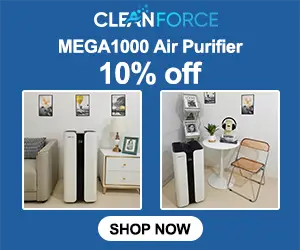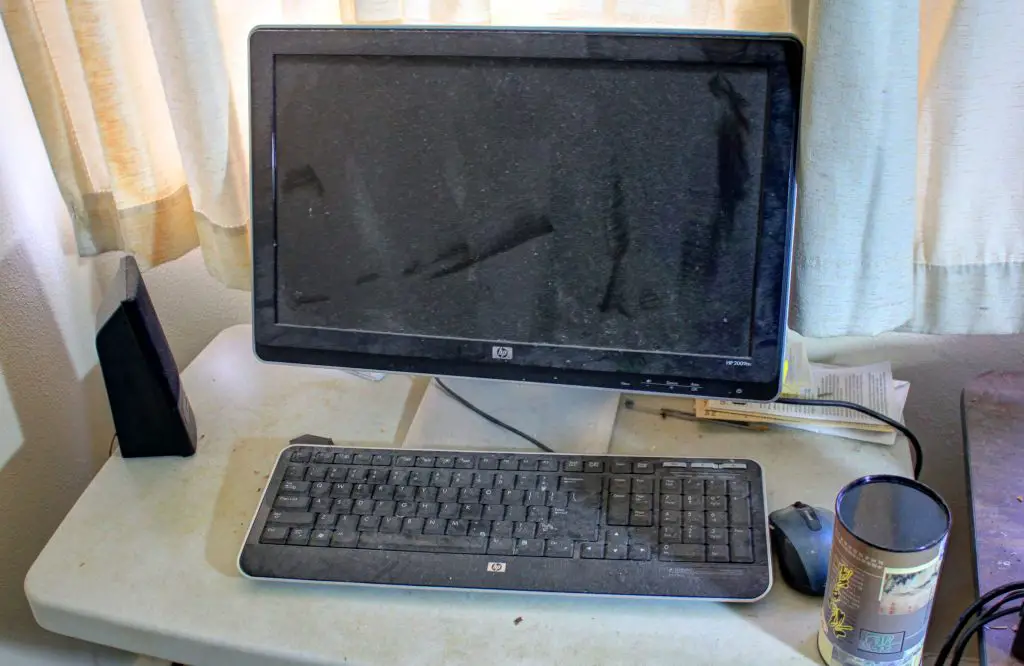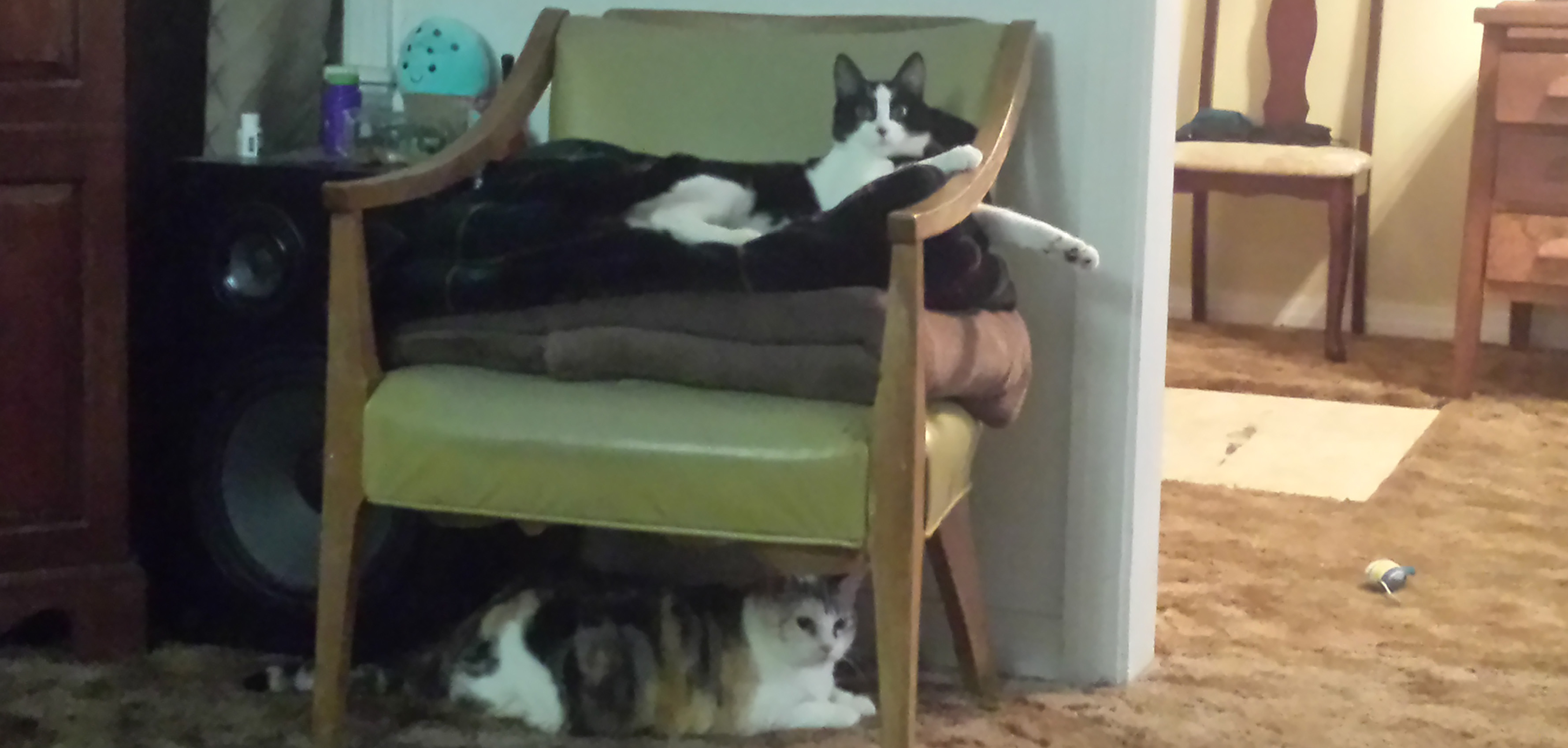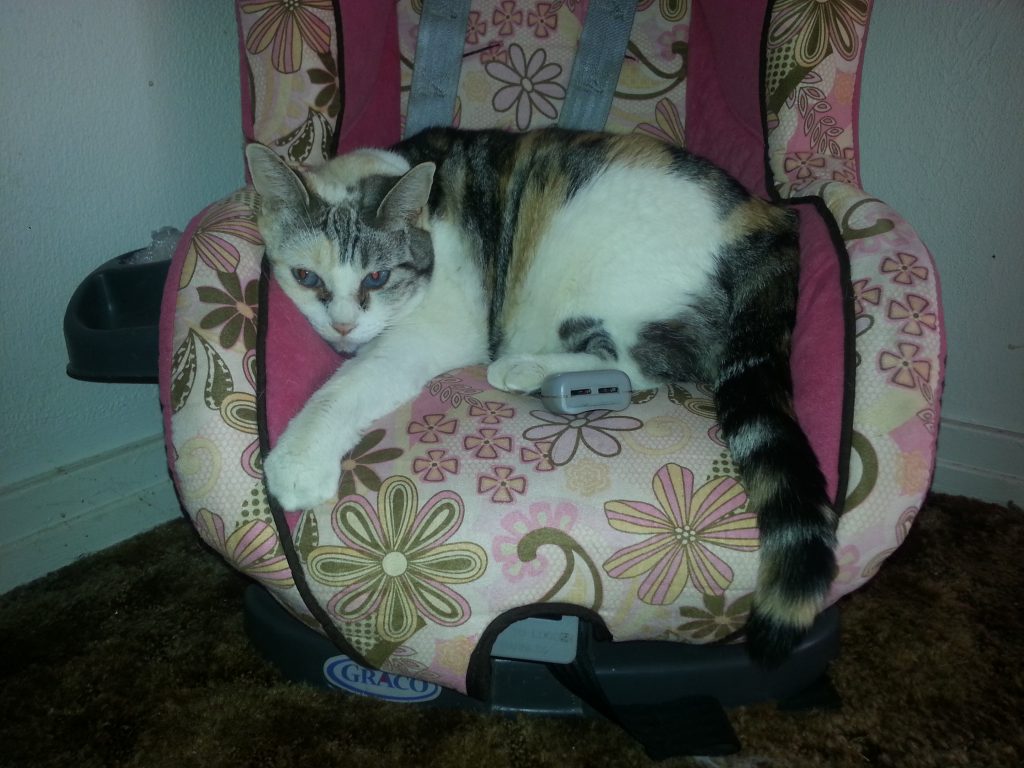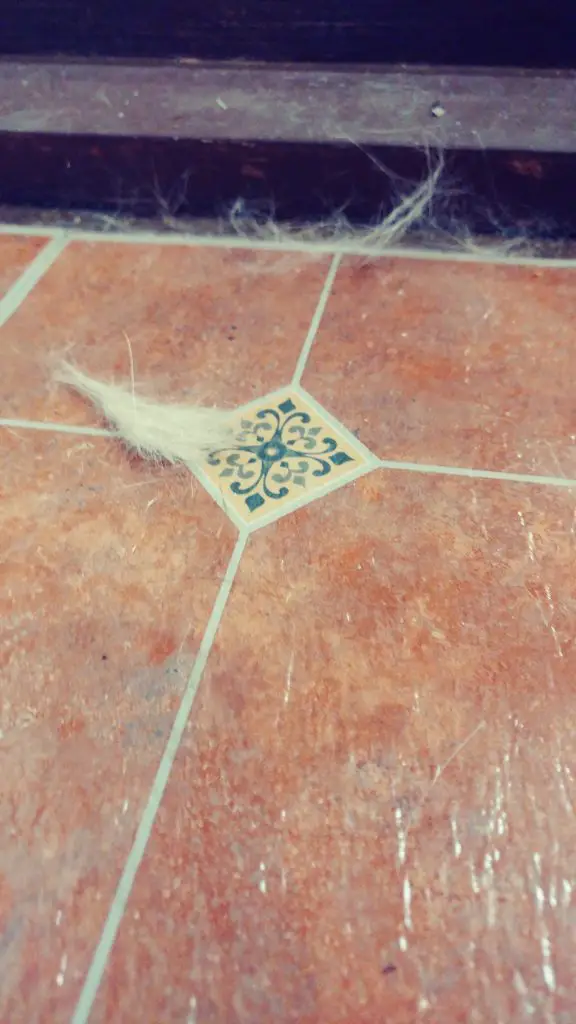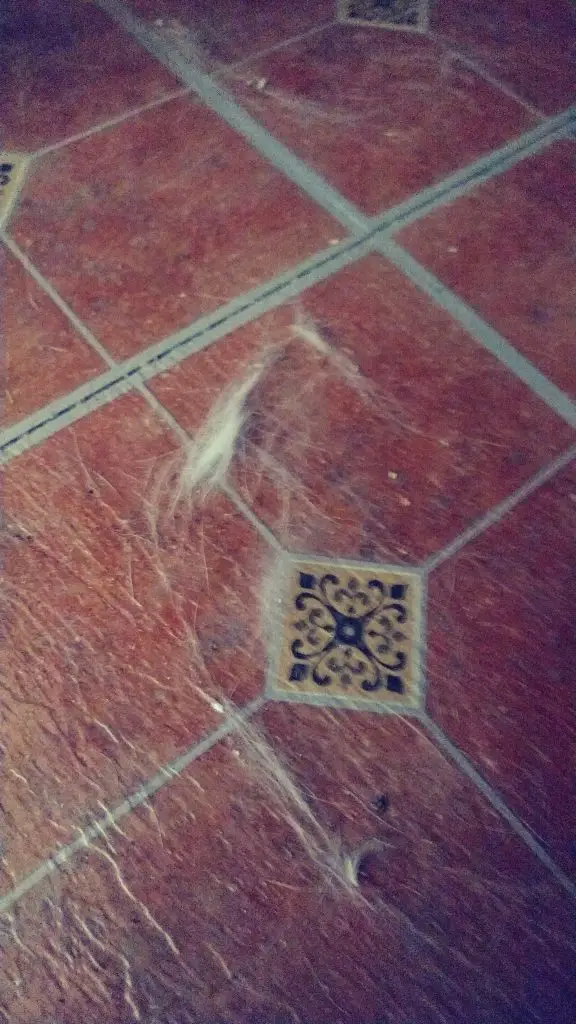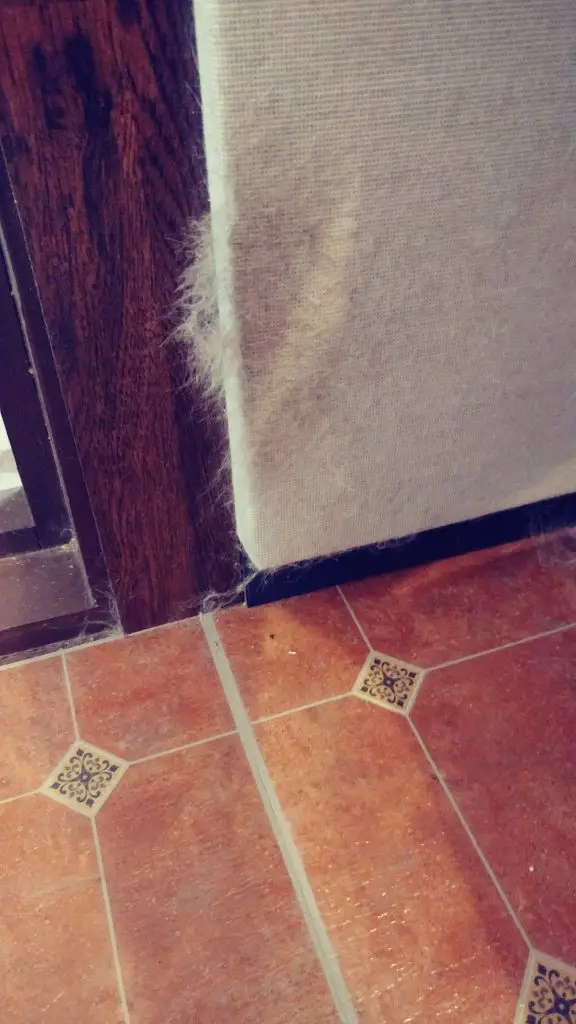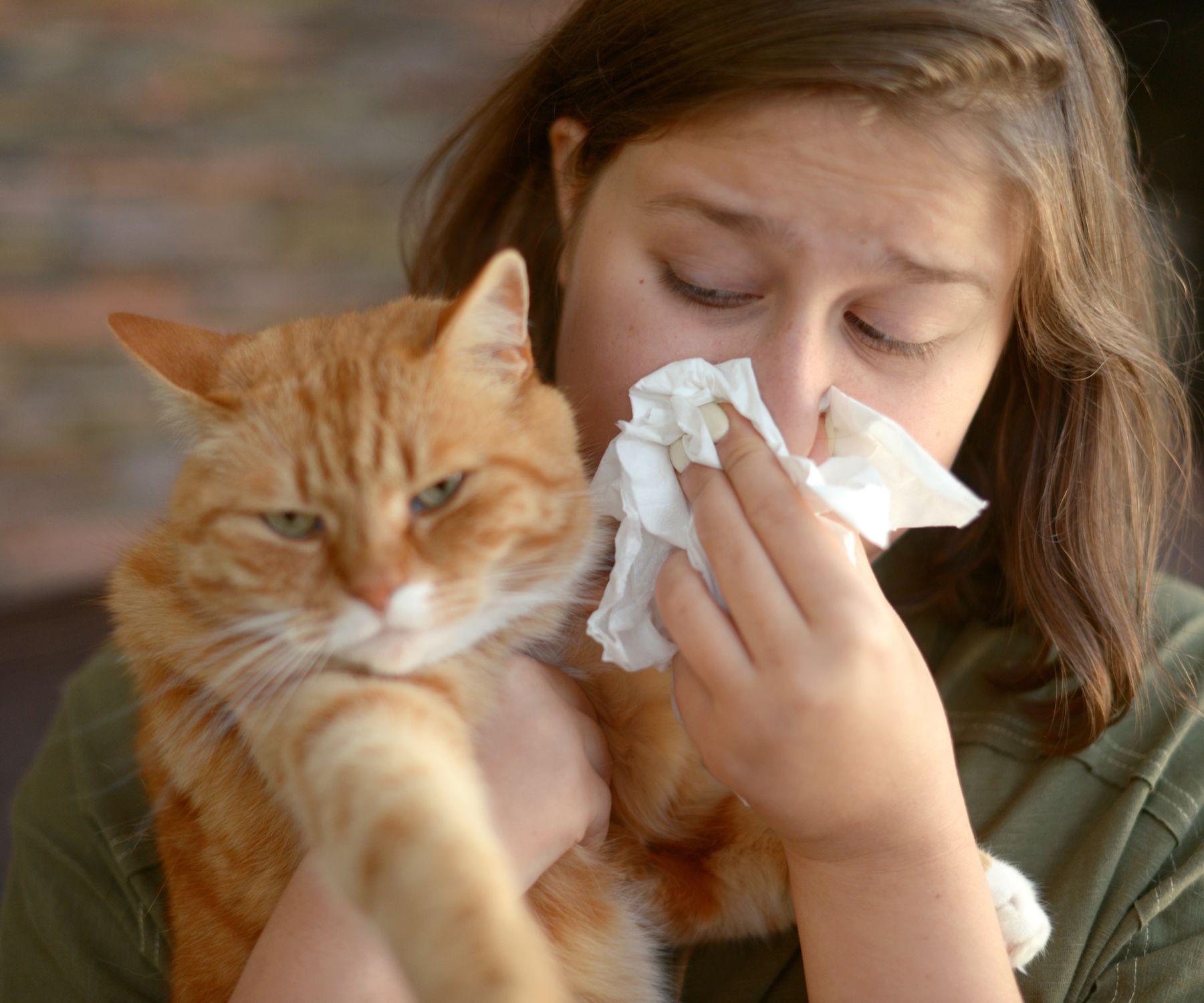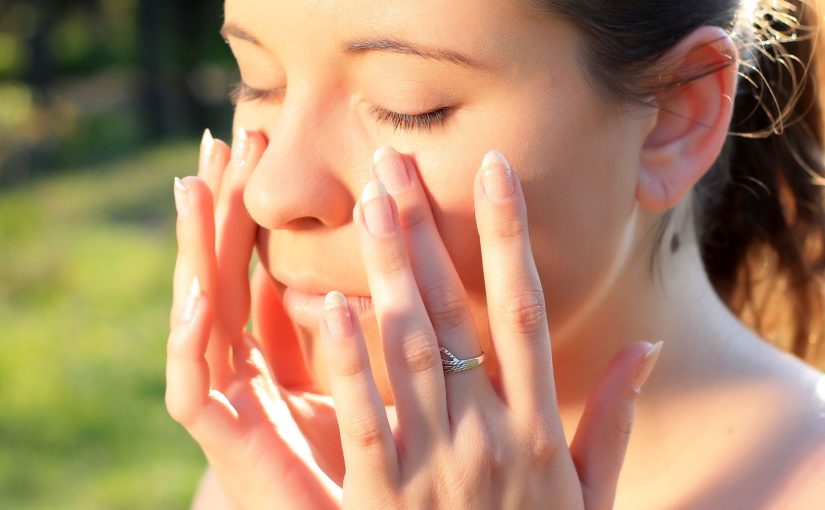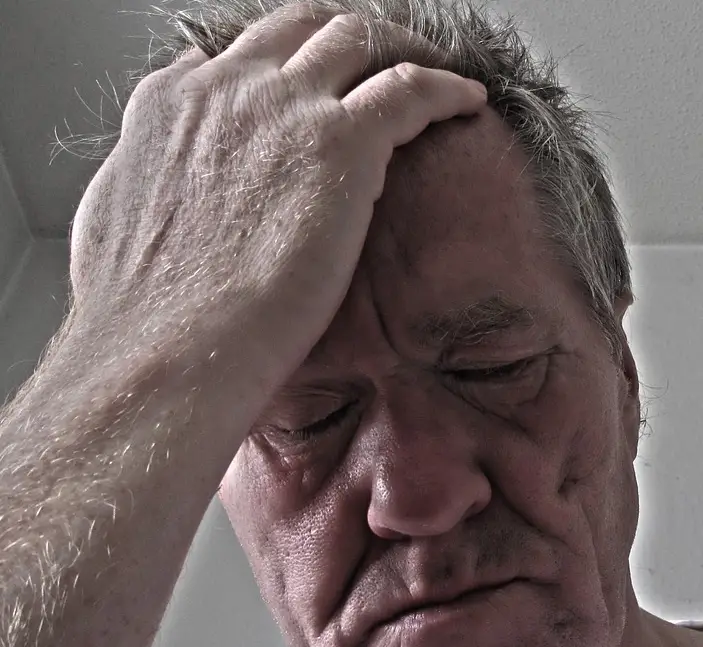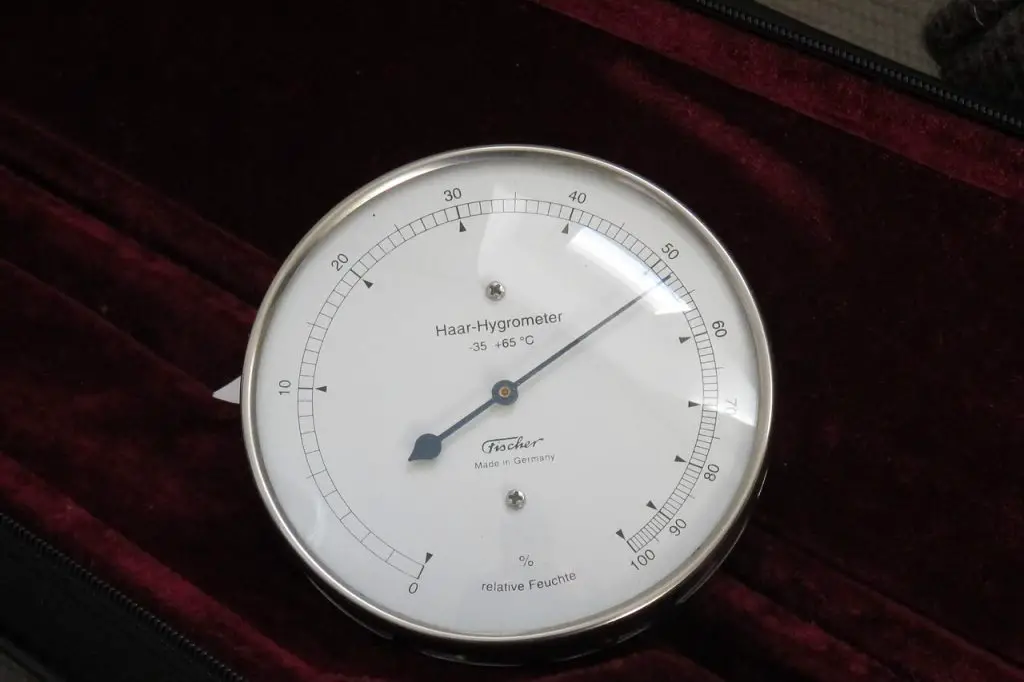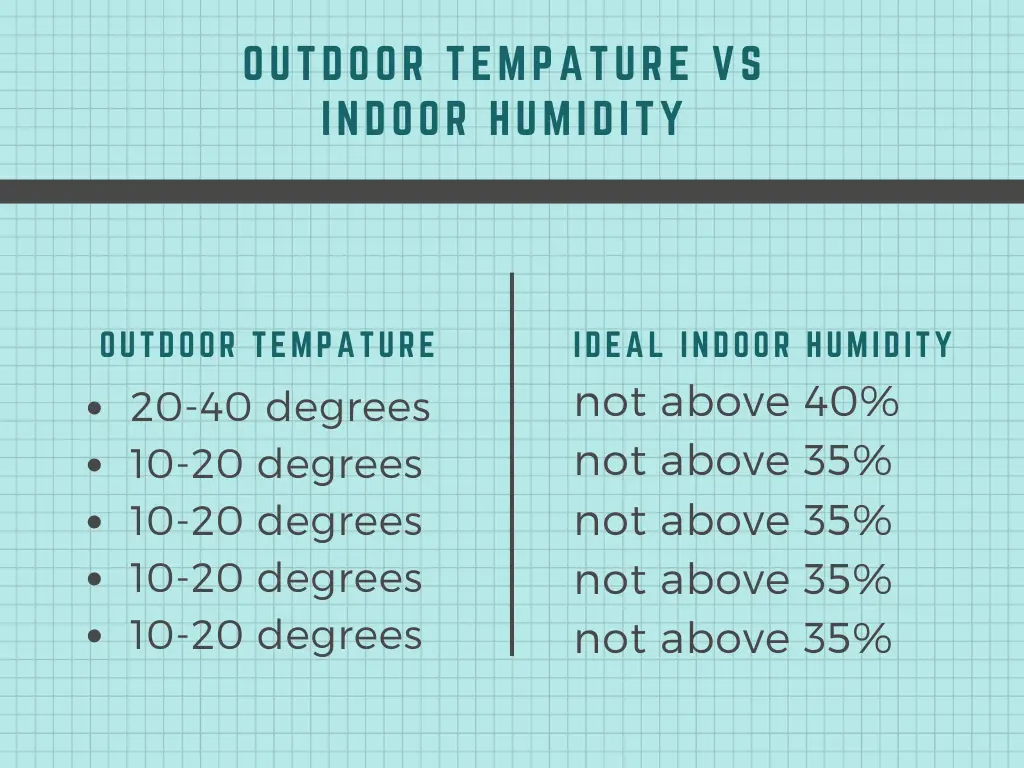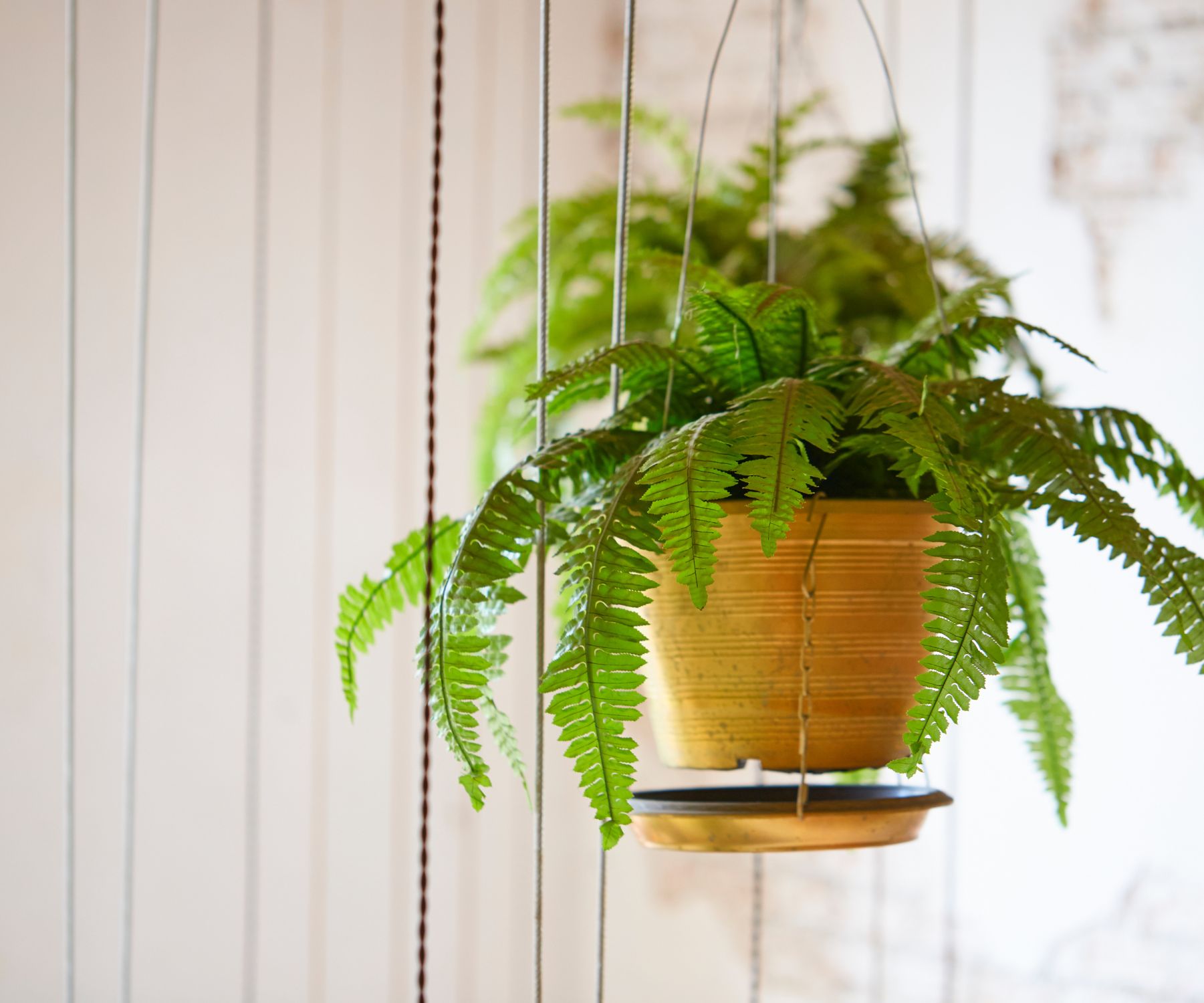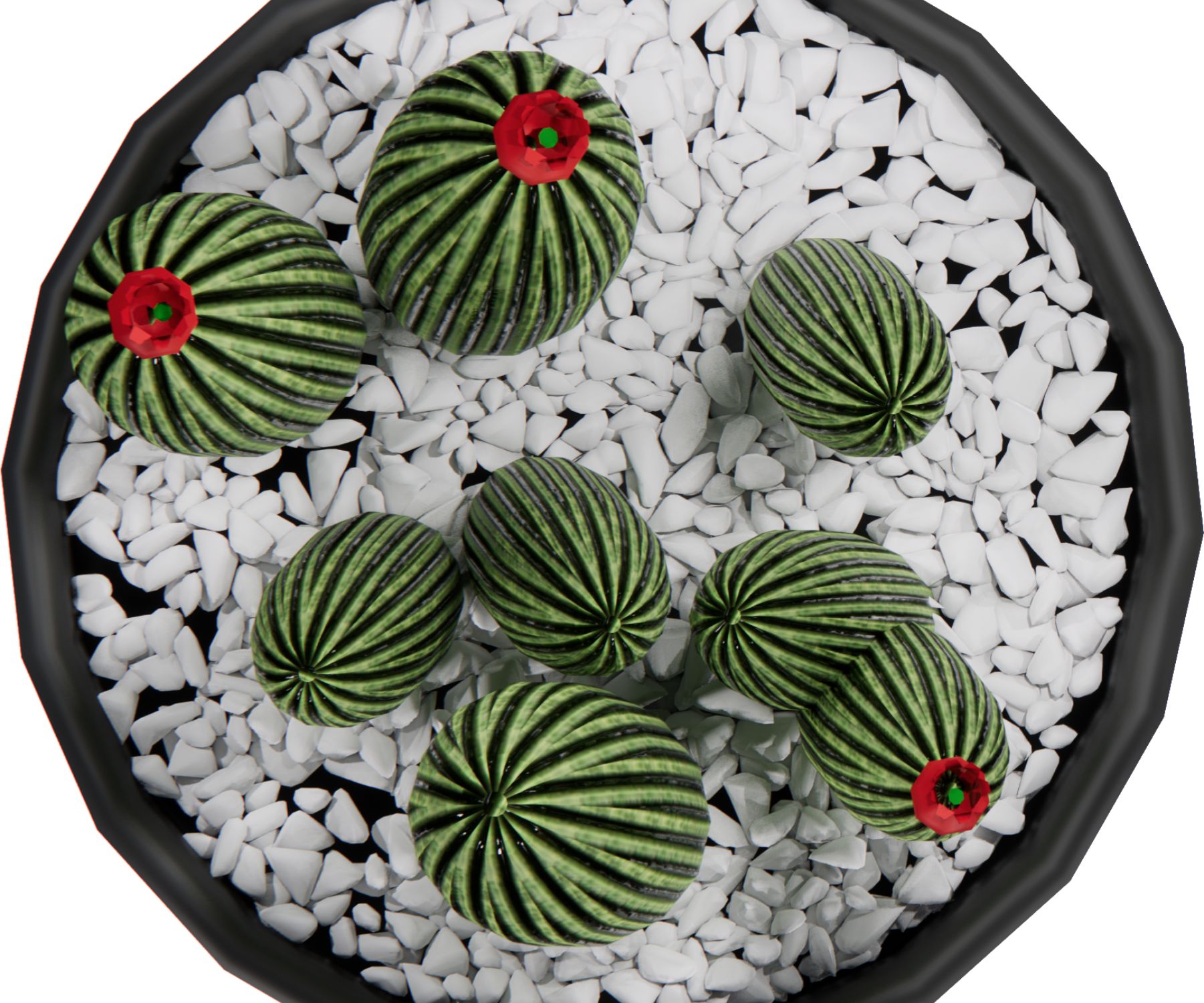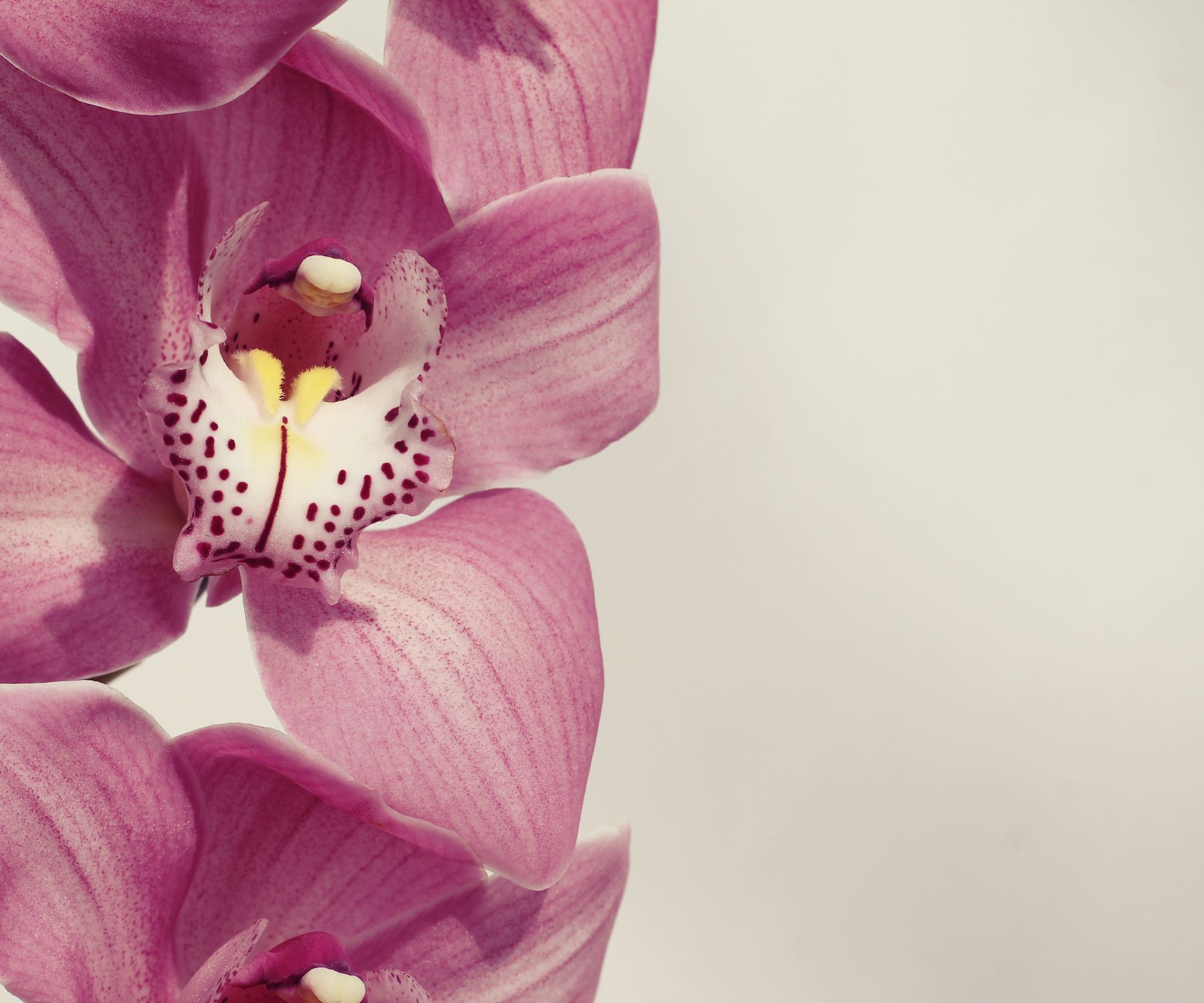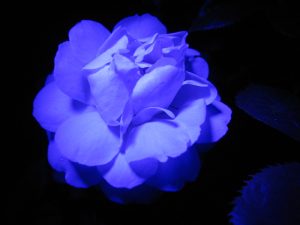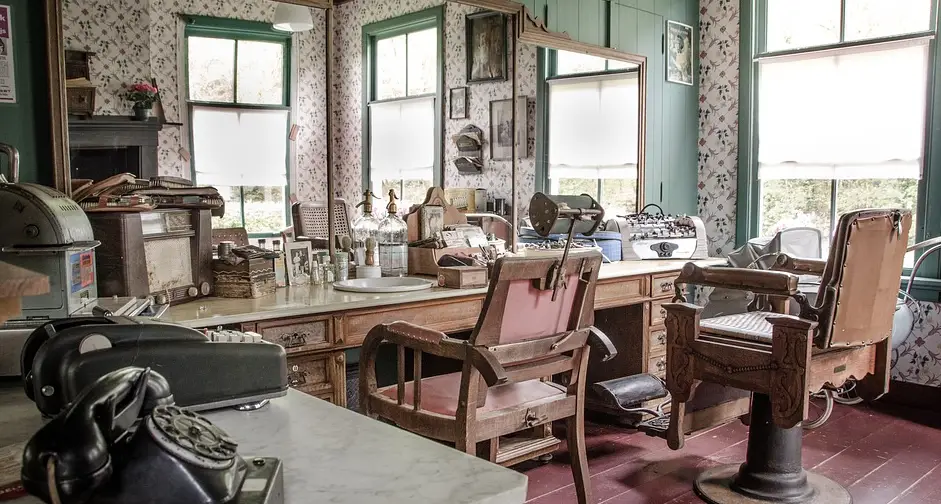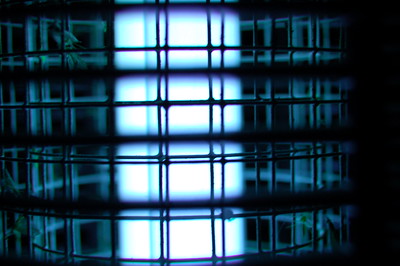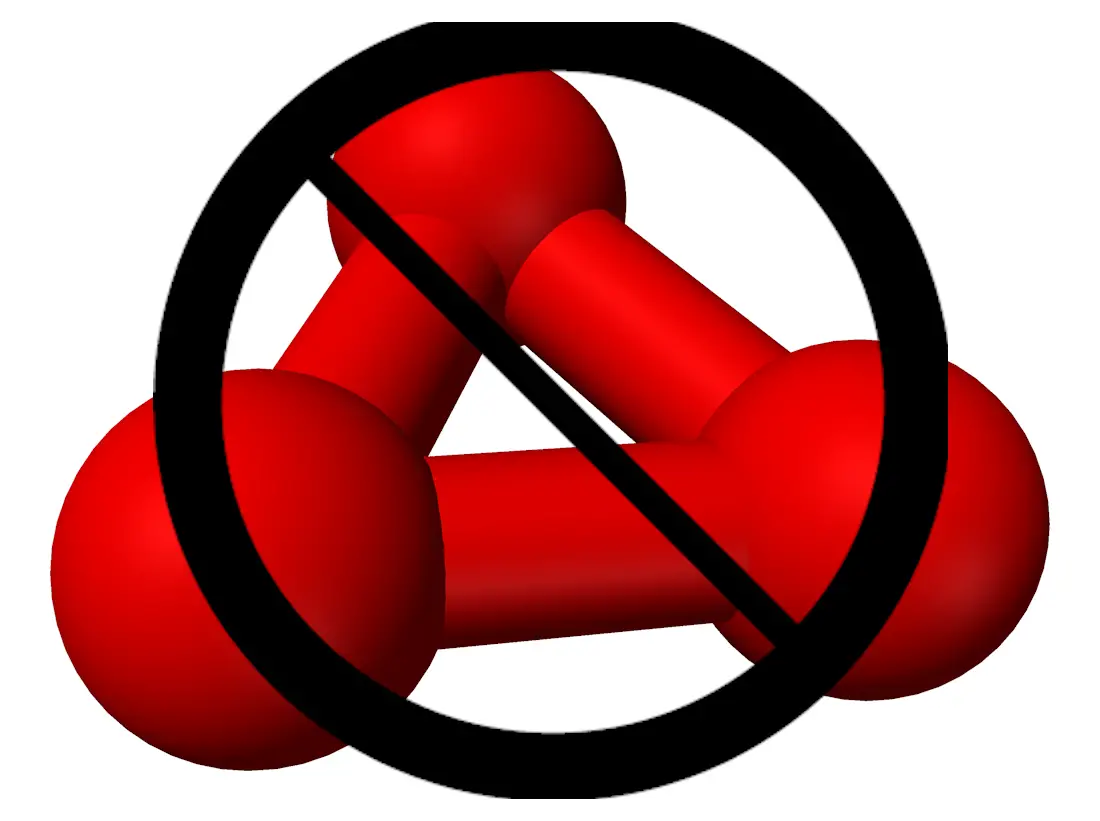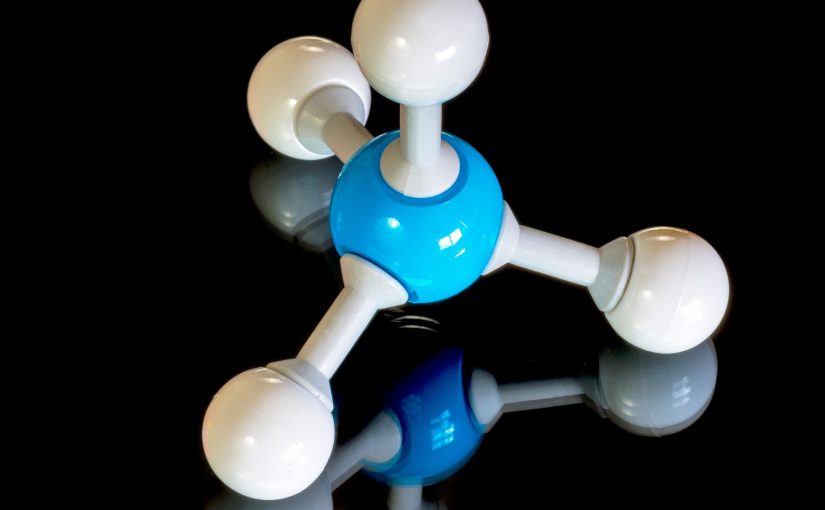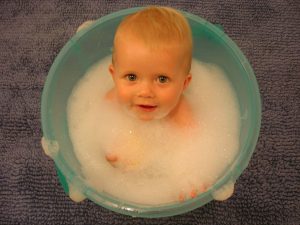Does a dehumidifier help to cool a room?
Yes and No.
A dehumidifier does not technically help cool a room. The function of a dehumidifier is to extract humidity from the air.
But because excess humidity in the air can make the temperature feel hotter, by using a dehumidifier to reduce humidity, you can, make a room feel cooler.
Even if technically it doesn’t lower the temperature.
 Does a dehumidifier heat up a room?
Does a dehumidifier heat up a room?
Yes it can. But didn’t you just say it cools a room?
The heating effect of a dehumidifier is much like the temperature coming off the back side of a window air conditioner.
But instead of the backside of the air conditioner being outside of the house it is inside.
So even though you can achieve a cooler feeling with a dehumidifier, there is the issue of heat expelling from the rear of the dehumidifier.
Clarification
A dehumidifier itself does not do anything to cool the room. It is not an air conditioner and does not blow cold air.
But by using a dehumidifier to remove enough humidity from a room, the air can feel cooler.
But the unit itself expels heat while it is running
Cooler air is a side effect of a dehumidifier. But you don’t get cool air directly from the machine like you would with an air conditioner or even a fan blowing.
Dehumidifier vs. Air con
A dehumidifier extracts humidity from the air. And a air conditioner lowers the temperature of the air.
Though the AC does have a dehumidifying effect, there are times of the year when the humidity can overcome the air conditioner and cause it not to work properly. A dehumidifier can take some of the work off the AC.
Does a dehumidifier help your AC?
Yes. One way you can help your air conditioner to cool the house during the hottest summer months is to use a dehumidifier.
When the humidity is extra high, it puts a strain on your AC.
And since it doesn’t seem like the AC is running very well, most people turn the thermostat down.
That causes the AC to run that much harder.
And with the moisture being so high, turning down the thermostat
typically causes the unit to freeze up.
And then you have no cool air till you let it thaw out.
A dehumidifier is used to bring the humidity down to a comfortable level,
That will also allow the air conditioning to function without the extra load and do much more to cool off your house.
That can save you a mint on HVAC repairs, spiking energy cost, or even having to replace the air conditioner when it is mistreated for so long.

Mold and Dust Mites
Heavy humidity also facilitates and helps mold and dust mites flourish.
Breathing junky air also adds to the discomfort of high humidity in the summer.
A dehumidifier will not only help your air conditioner work better, it will also help clean your air, adding another level of comfort during the muggy months.
Why is my dehumidifier blowing hot air?
It is part of the function of the dehumidifier. The hot air exiting the machine is actually the normal temperature for the exhaust of the unit.
A dehumidifier is basically a window air conditioner that does not blow cool air.
It creates condensation exactly the same way as a window air conditioner does but instead of the condensation dripping outside, it drips into a collection tank. so just like the way a window air conditioner exhaust hot air, a dehumidifier does the same.
It does seem pretty odd that lowering the temperature in the house is probably one of the main reasons you would purchase a dehumidifier, only to have the room that the dehumidifier is placed in feel much warmer.
Though a dehumidifier will work well to reduce the humidity and the overall heat in the house, the room you place it in will feel like you have a damp space heater running.
So if you plan on being in the basement, it’s good ideal to turn on the dehumidifier and let it run a couple of hours and then let the temperature in the room cool off before you use the basement.
That being said, a dehumidifier is not a space heater. It is a humidity extractor.
Though warm air may come off of the dehumidifier, it should never be used to heat up a room.
Most humidifiers will not run below 65 degrees anyway. But as a precaution, if yours does, be sure to use it for the reason it was purchased and don’t keep it running when the humidity is low and the temperature is cool.
 Are dehumidifiers loud?
Are dehumidifiers loud?
Yes they can be. If you were trying to do something that requires silence. You’re not going to be able to run a dehumidifier in the same room.
Most manufacturers have perk their ears up over the complaints of dehumidifiers being too loud.
That has resulted in quieter units, some that even claim to be as quiet as a refrigerator.
But most devices that are used to affect the climate of a room, wether it be a dehumidifier, a humidifier, air purifier, or air conditioner, typically run pretty loud.
HVAC units can usually be outfitted with dehumidifiers and air purifiers which can dramatically lower the level of noise that can come from using the typical standalone air devices.
In fact there are many advantages to using your HVAC for cleaning air and the humidifying as the air conditioning is running.
Not only will you be able to significantly lower your noise DB, you will also have the advantage of your central heat and air being able to clean or extract humidity from the whole house instead of one room at a time.
There are some in duct air purifiers that are easy to install but for the most part getting a qualified HVAC technician to recommend and install your dehumidifier and air cleaning devices is a better choice.
 Summary
Summary
A dehumidifier is not an air conditioner or a fan and does not cool off a room like an air conditioner does. But when the humidity is extra high it can help your air conditioner to function better.
Heavy humidity in the air will cause your air conditioner to feel like it’s not running. But a dehumidifier can extract the humidity from the air and give your air conditioning the capacity to do its job again.
The one caveat is that dehumidifiers run hot and exhaust hot air so whatever room the device is placed in will feel extra warm.
Using dehumidifiers and air purifiers in the HVAC is it a way of avoiding the noise associated with these machines and the hot air that is produced from a dehumidifier running.
Keeping cool in the hot muggy months of Summer is not just about turning the air conditioner on and turning the thermostat down lower. It is about controlling indoor humidity and allowing your air conditioning to function without having to strain.
A dehumidifier is a device that will lower the level of moisture in your air and allow your air conditioning to work properly without spiking your energy bill and increasing the probability of malfunctioning AC.

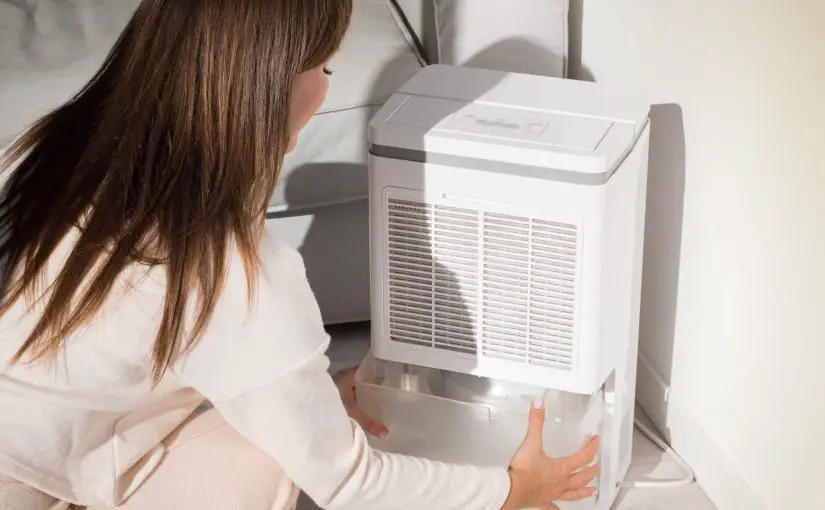
 Does a dehumidifier heat up a room?
Does a dehumidifier heat up a room?
 Are dehumidifiers loud?
Are dehumidifiers loud?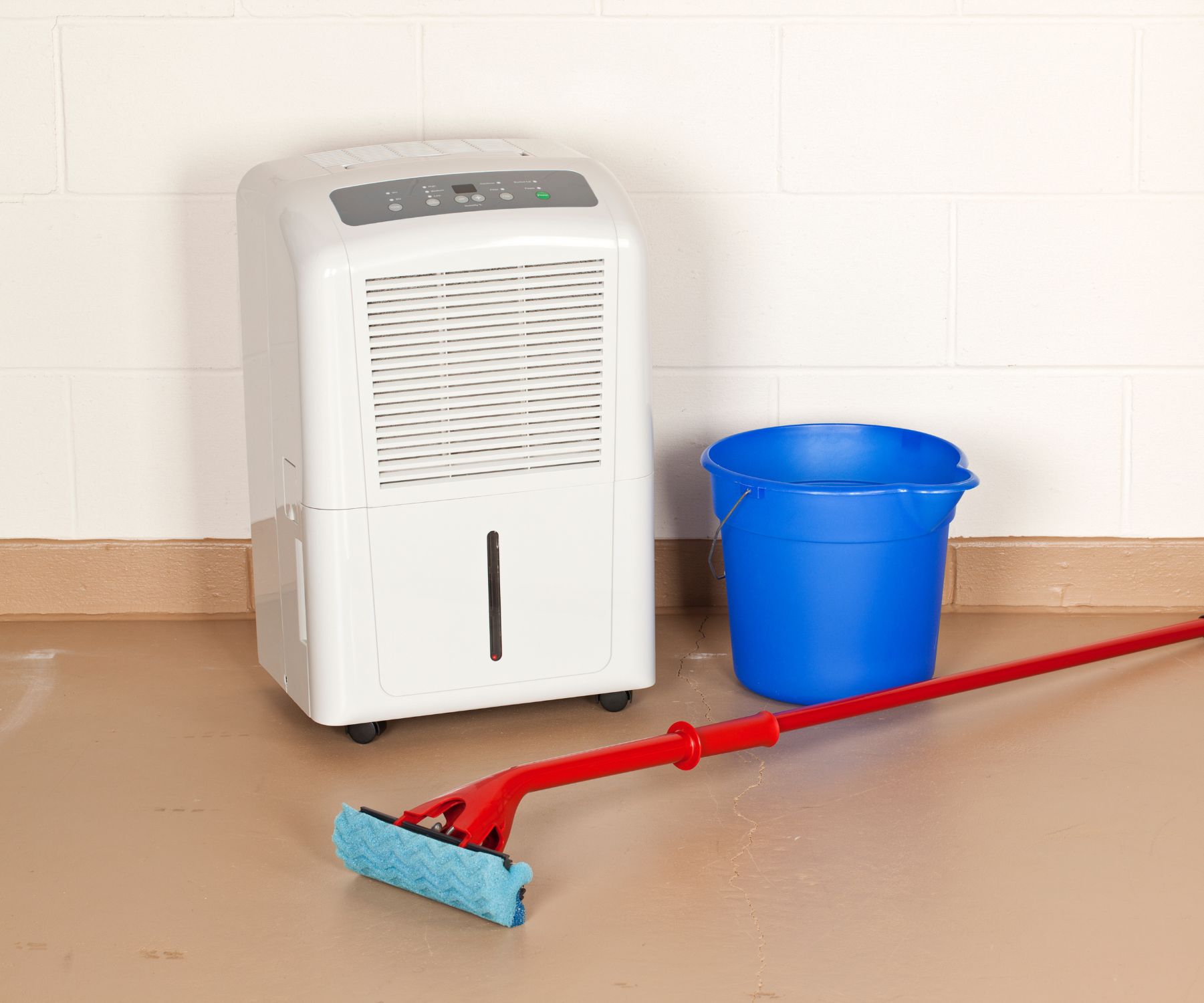 Summary
Summary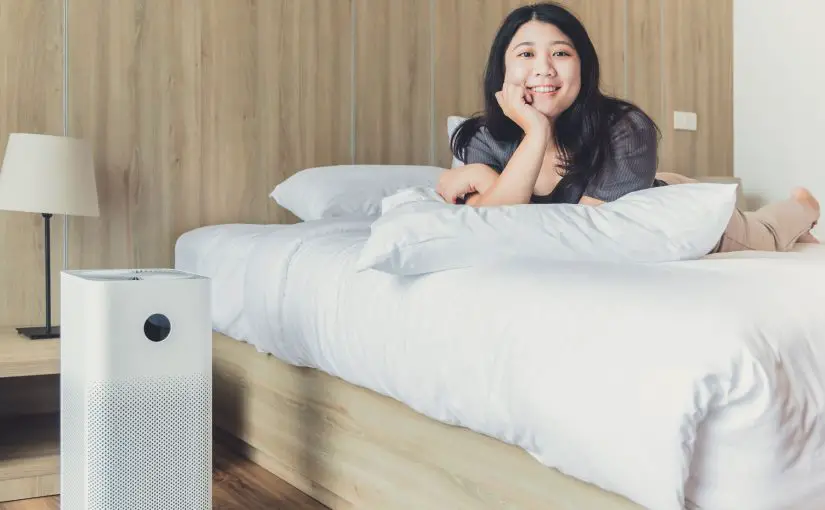





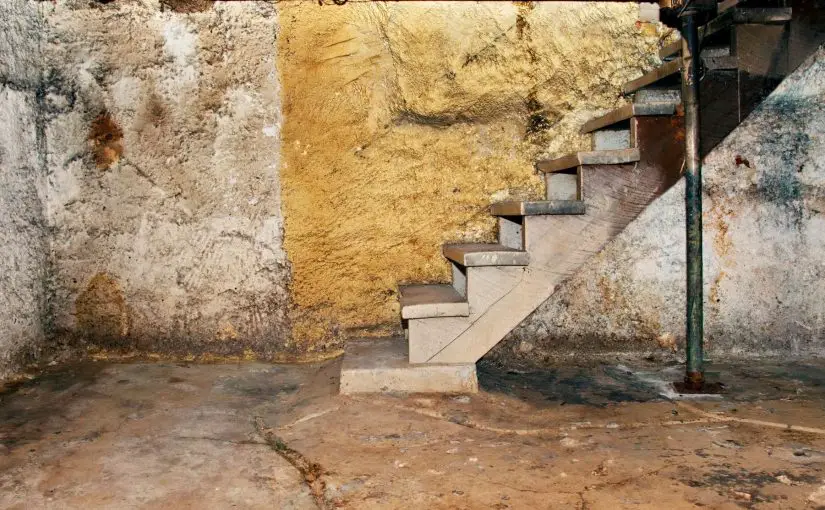
 When I was younger I played lead guitar in a band that practiced in a friends basement.
When I was younger I played lead guitar in a band that practiced in a friends basement.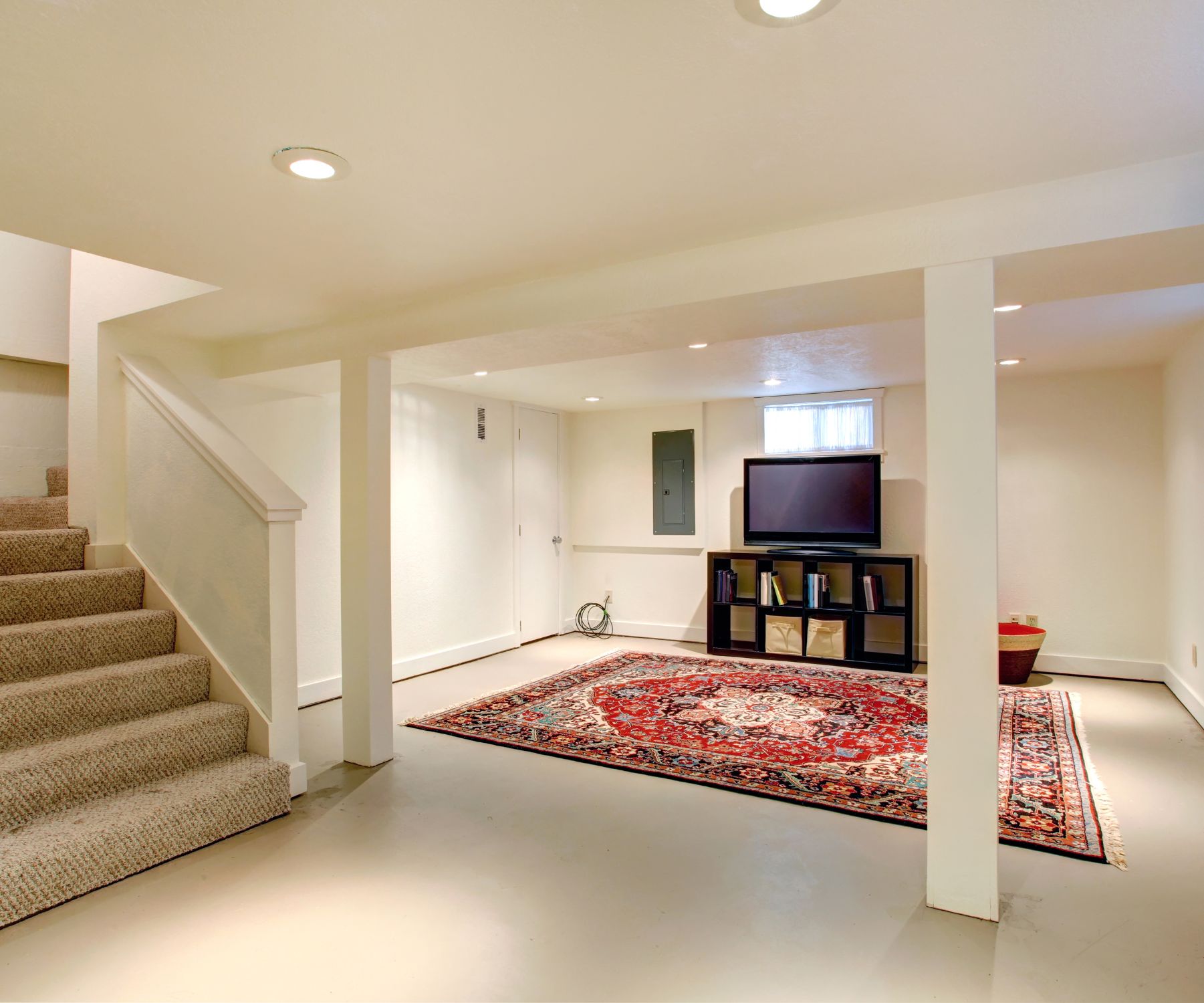

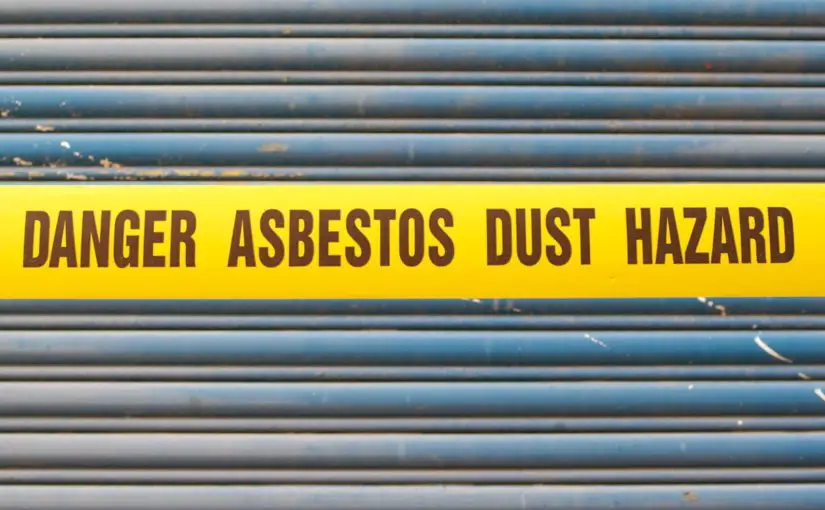

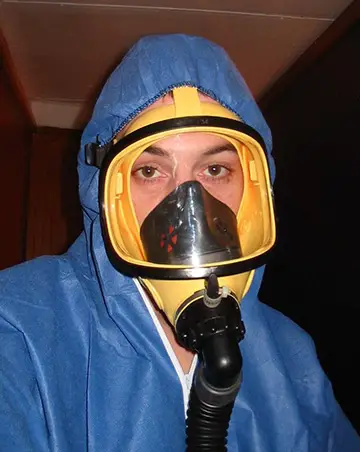





 A good
A good 